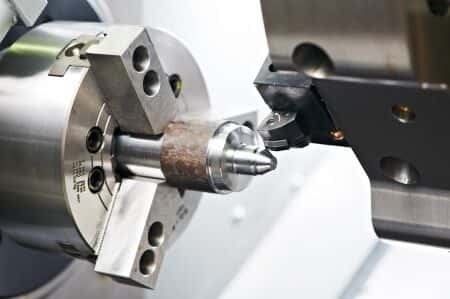This case involves a machinist who suffered serious injuries when operating a CNC machine. The woman was operating a CNC metal lathe at the time of the incident in accordance with safety guidelines and commonly accepted best practices. At some point during the manufacturing process, the machine suddenly started running at excess RPM’s, causing a steel piece that was being turned on the machine to eject from chuck and fly through safety viewing window, striking operator in the face. As a result of the accident, the woman suffered serious injuries and will require a lifetime of ongoing care. It was alleged that the device malfunctioned due to a defect in its design and/or programming.
Question(s) For Expert Witness
1. Do you have extensive experience with computer numerical control lays?
2. What is your experience working with same/similar machines?
3. Have you worked on cases involving CNC machinery malfunctioning?
Expert Witness Response E-015387
The CNC metal lathe is a mostly self-contained system of electro-mechanical devices controlled simultaneously through different levels of logic executed by a user-defined program that defines the sequence of events. There are also several entities with potentially differing levels of liability in the case of a mishap. These entities include: the machine tool builder & supplier; the purchaser (capital ownership); the management including engineering and maintenance; and the end user or operator. In my 30 years of experience I have one runaway condition in a CNC machine, while working for a large machine tool company. These situations are possible and can be tested for if the conditions can be replicated. More often there is a limitation in the user-defined setup, programming, and operation of the machine. The question here is whether the setup (hard tooling) was robust enough for the operating conditions and whether the programmed instructions were appropriate. There are machine design aspects, machine build conformance requirements, machine control configuration implications, all of which can be investigated for proper interlocks for safety, as long as the machine remains in an un-altered condition. The operating conditions should be recorded and any evidence preserved that might uncover cause with the many inter-related factors that are part of the workholding-material-program-tool interface.
About the author
Joseph O'Neill
Joe has extensive experience in online journalism and technical writing across a range of legal topics, including personal injury, meidcal malpractice, mass torts, consumer litigation, commercial litigation, and more. Joe spent close to six years working at Expert Institute, finishing up his role here as Director of Marketing. He has considerable knowledge across an array of legal topics pertaining to expert witnesses. Currently, Joe servces as Owner and Demand Generation Consultant at LightSail Consulting.



